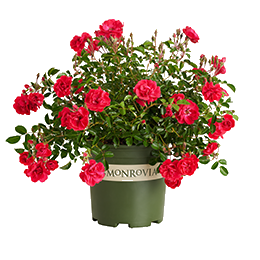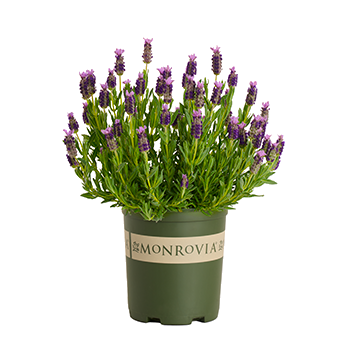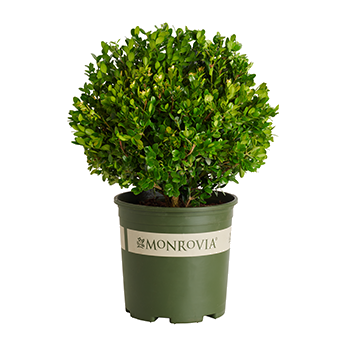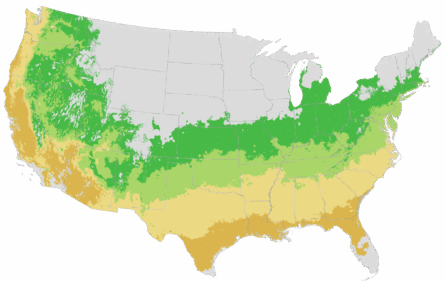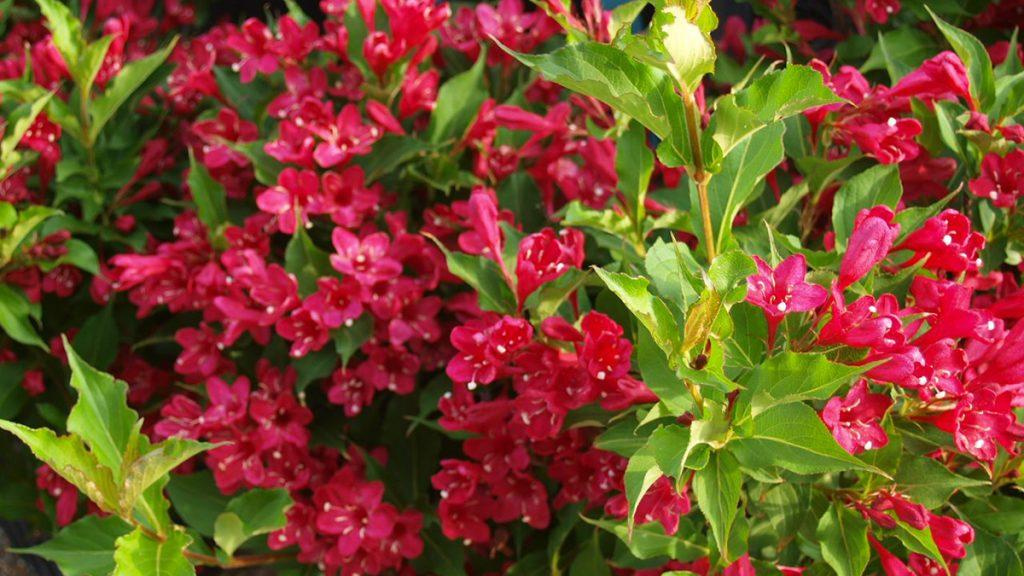You're growing in this Zip Code:
Change LocationDiscover Plants for Your Area
Allgold Broom
Cytisus x praecox (C. multiflorus x C. purgans) 'Allgold'
Retailers Near You
| Description | Lovely, long sprays of pea-like flowers make this an excellent choice for mass plantings. A beautiful specimen as well when singly planted, with a beautiful, rounded habit of dense, green branches with tiny green leaves. A great plant for sunny, dry hillside plantings. Deciduous. |
|---|---|
| Bloom Time | Spring |
| Deciduous/Evergreen | Deciduous |
| Special Features | Easy Care, Waterwise, Fast Growing |
| Problems/Solutions | Coastal Exposure, Deer Resistant |
| Growth Rate | Fast |
| Growth Habit | Rounded |
| Flower Attributes | Flowers for Cutting, Showy Flowers |
| Landscape Use | Border, Hedge |
| Design Ideas | On the small side and very dense, this gold Broom can stand alone or in a mass to create a color display that 'pops' even from far away. Makes an excellent addition to any flowering shrub border. Fits into wild landscapes where it naturalizes and offers charming character to old-fashioned country gardens. |
| Flower Color | Yellow |
| Foliage Color | Green |
| Companion Plants | Heather (Calluna); California Lilac (Ceanothus); Shrub Rose (Rosa); Lilac (Syringa); Smoke Bush (Cotinus) |
| Care Instructions | Thrives in average to poor, extremely well-drained soils. Water deeply and regularly during the first growing season to establish an extensive root system; reduce frequency one established. Prune annually by one to two-thirds just after flowering to promote new growth in following spring; blooms on new wood. |
| Description | Lovely, long sprays of pea-like flowers make this an excellent choice for mass plantings. A beautiful specimen as well when singly planted, with a beautiful, rounded habit of dense, green branches with tiny green leaves. A great plant for sunny, dry hillside plantings. Deciduous. |
|---|---|
| Bloom Time | Spring |
| Deciduous/Evergreen | Deciduous |
| Special Features | Easy Care, Waterwise, Fast Growing |
| Problems/Solutions | Coastal Exposure, Deer Resistant |
| Growth Rate | Fast |
| Growth Habit | Rounded |
| Flower Attributes | Flowers for Cutting, Showy Flowers |
| Landscape Use | Border, Hedge |
|---|---|
| Design Ideas | On the small side and very dense, this gold Broom can stand alone or in a mass to create a color display that 'pops' even from far away. Makes an excellent addition to any flowering shrub border. Fits into wild landscapes where it naturalizes and offers charming character to old-fashioned country gardens. |
| Flower Color | Yellow |
| Foliage Color | Green |
| Companion Plants | Heather (Calluna); California Lilac (Ceanothus); Shrub Rose (Rosa); Lilac (Syringa); Smoke Bush (Cotinus) |
| Care Instructions | Thrives in average to poor, extremely well-drained soils. Water deeply and regularly during the first growing season to establish an extensive root system; reduce frequency one established. Prune annually by one to two-thirds just after flowering to promote new growth in following spring; blooms on new wood. |
|---|
Retailers Near You
About Us
We have been pioneers and craftsmen in the art of growing plants for 100 years. Since our founding in Southern California by Harry E. Rosedale, Sr. in 1926, we have been absolutely dedicated and obsessed with quality.
We have been pioneers and craftsmen in the art of growing plants for nearly 100 years. Since our founding in Southern California by Harry E. Rosedale, Sr. in 1926, we have been absolutely dedicated and obsessed with quality.

